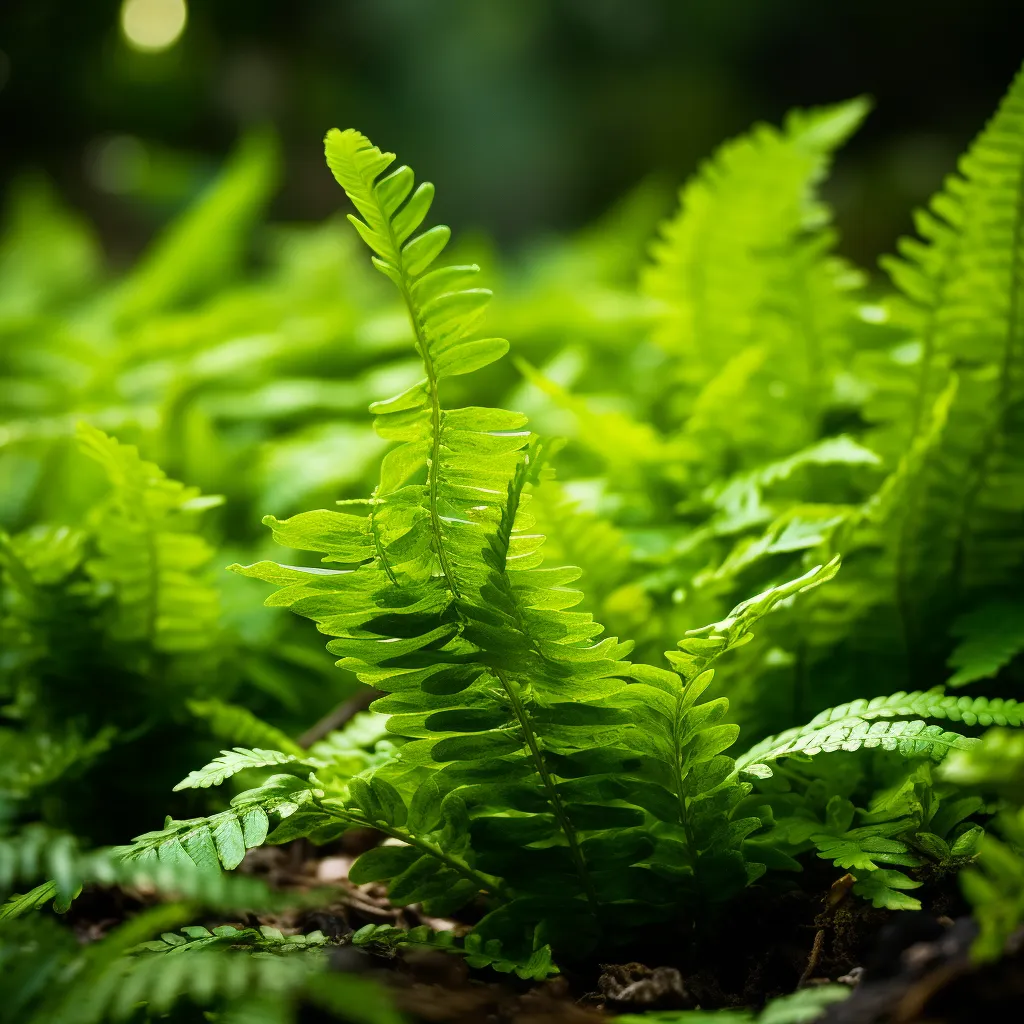Story of Day :
Contents
Polypodium cambricum (Welsh polypody Cambricum) Plant Care Tips
Gardening is a wonderful hobby that brings joy and beauty to our lives.
If you’re a plant enthusiast, then you might be interested in adding the Polypodium cambricum (Welsh polypody Cambricum) to your collection.
This unique fern is known for its vibrant green fronds and ability to thrive in different environments.
Introduction to Polypodium cambricum
The Polypodium cambricum, also commonly known as Welsh polypody Cambricum, is a species of fern native to Europe.
It belongs to the Dryopteridaceae family and can be found growing wild in woodlands, rocky areas, and even on old walls.
Appearance
- The fronds of the Welsh polypody Cambricum are long with lobed edges that give them an elegant look.
- They can reach a height of up to 40 cm (16 inches).
- The vibrant green color adds life to any garden or indoor space.

Care Tips for Polypodium cambricum
If you decide to add this beautiful fern to your garden or indoor space, here are some care tips:
Light Requirements
- The Welsh polypody Cambricum prefers partial shade or filtered sunlight.
- Avoid direct sunlight as it can scorch the delicate fronds.
- If kept indoors, place the plant near a window where it can receive bright but indirect light.
<
Watering Needs
- Keep the soil moist but not waterlogged.
- Water the plant when the top inch of soil feels dry to the touch.
- Avoid overwatering, as it can lead to root rot.

Temperature and Humidity
- The Welsh polypody Cambricum prefers moderate temperatures between 15-24°C (59-75°F).
- Avoid exposing the plant to extreme cold or hot temperatures.
- Maintain a humidity level of around 40-60% for optimal growth.
Soil Requirements
The right soil is crucial for the well-being of your Welsh polypody Cambricum.
Here’s what you need to know:
- Well-draining Soil:

The fern prefers well-draining soil that retains moisture without becoming waterlogged.
Use a mixture of peat moss, perlite, and regular potting mix for best results.
This combination ensures adequate drainage while retaining enough moisture for healthy growth.Pot Size:
Select a pot that is slightly larger than the current size of your plant.
A bigger pot allows room for growth and prevents overcrowding of roots.Fertilizer Needs:

Fertilize your Polypodium cambricum once every two weeks during spring and summer with a balanced liquid fertilizer diluted at half strength.
Reduce fertilization frequency during fall and winter months as growth slows down.
Troubleshooting Common Issues
If you experience any problems with your Welsh polypody Cambricum, here are some common issues and how to address them:Brown or Yellowing Fronds:
This is often a sign of too much direct sunlight.
Move your plant to a shadier spot and trim off any damaged fronds.Dry Soil:
If the soil feels dry, it’s a sign that you need to water more frequently.
Ensure that the top inch of soil stays moist but not soggy.Fungus Gnats:
Fungus gnats are tiny black flies that can infest potted plants.
Allow the top inch of soil to dry out between waterings, as this will help control their population.
You can also place sticky traps near your plant to catch adult gnats.
In Conclusion
The Polypodium cambricum (Welsh polypody Cambricum) is an elegant fern with vibrant green fronds that make it a beautiful addition to any garden or indoor space.
By following these care tips, you can ensure that your Welsh polypody Cambricum thrives and adds beauty and life wherever it grows.